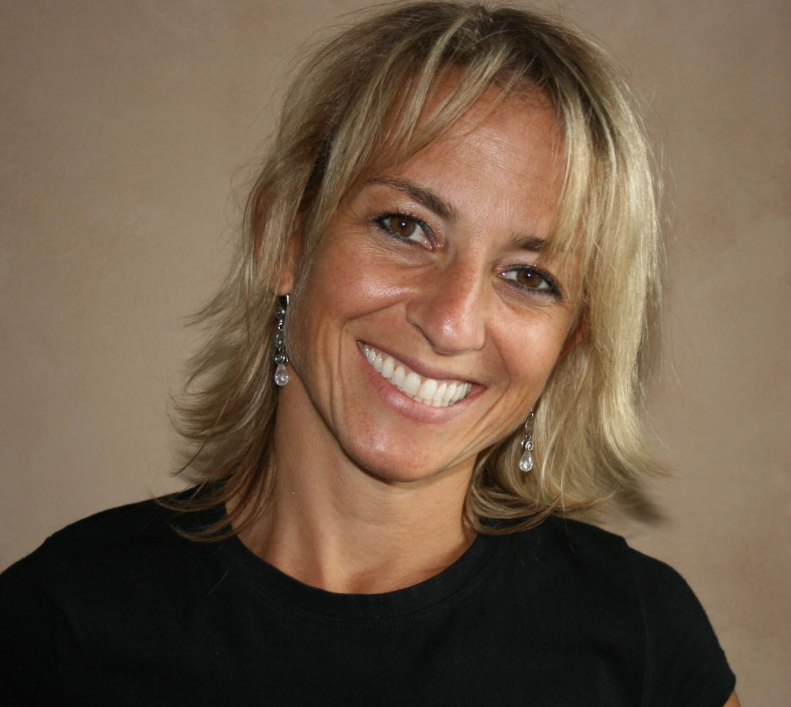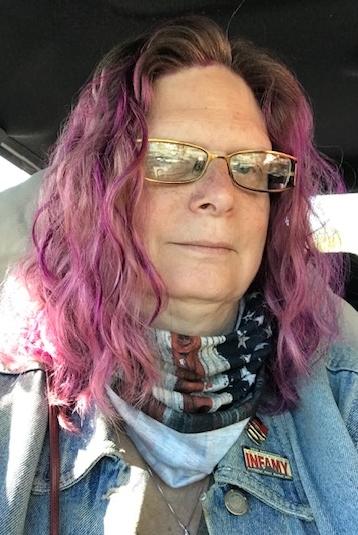June 9, 2020
INDIANAPOLIS – Wearing a face mask is our new normal. People are wearing masks as a safety precaution due to the COVID-19 pandemic and it’s changing how we communicate. For deaf and hard of hearing individuals, face masks and coverings present new challenges.
Deaf people who communicate using sign language use facial
expressions to fully communicate, according to Dr. Cynthia Sanders,
who is chair of the Vincennes University American Sign Language and
Deaf Studies – Interpreter Preparation program located on the Indiana
School for the Deaf campus in Indianapolis.
If someone’s face is covered by a mask, their face and facial expressions are not visible. Masks also muffle speech, which is challenging for people who are hard of hearing. Some deaf or hard of hearing individuals also depend on lip-reading. If a person’s mouth is covered with a face covering or mask, you can’t see their lips.
Imagine being in a public place such as a grocery store and trying to communicate with someone who does not speak sign language and is wearing a face mask or covering.

“Me as a Deaf person with a mask trying to communicate with another person, you have to almost use gestures,” VU ASL and Deaf Studies Assistant Professor Janet Schwall explained via an interpreter. “I depend on basic cues, such as if a hearing person is smiling, that we can survive with, but now with the mask, it requires a lot more time, analysis, and it really can be very frustrating. If someone has a mask on and sunglasses, there’s no way for me to figure out what they’re trying to say. I maybe have to look at the body language and it’s really tough.”
Wearing a mask or face covering also presents challenges when individuals speak with each other using sign language. American Sign Language is a very visual language, according to Sanders, who is Deaf.
“There is a lot of expression involved,” said Sanders via an interpreter. “You’ve got facial expression with your eyebrows and your eyes. Ninety percent of the grammar is all expression. A lot of communication is just on the face alone.”
Sanders suggests providing greater access to interpreting services to
better facilitate communication. She also recommends people wear clear
face shields.
The use of a face mask with a transparent window is also encouraged. The Hearing, Speech & Deaf Center has shared instructions on how to make a Deaf-friendly face mask. The National Deaf Children’s Society also has an online tutorial on how to make a face mask with a clear window or panel.
VU ASL and Deaf Studies Assistant Professor and Advisor Bonnie Conner, who is Deaf, has additional suggestions on how hearing individuals can better communicate with people who cannot hear.

“Be sensitive and mindful on how to communicate with Deaf and hard of hearing people - gesture, writing, or pointing,” Conner said in an email.
Schwall also suggests people should learn sign language, even if it is basic.
“I encourage all people anywhere to take some classes to learn American Sign Language to be able to communicate with Deaf people. American Sign Language is a beautiful language. I hope people will make time to learn it.”
For more information about Vincennes University’s American Sign Language and Deaf Studies – Interpreter Preparation program in Indianapolis, visit https://www.vinu.edu/web/asl/welcome.
###